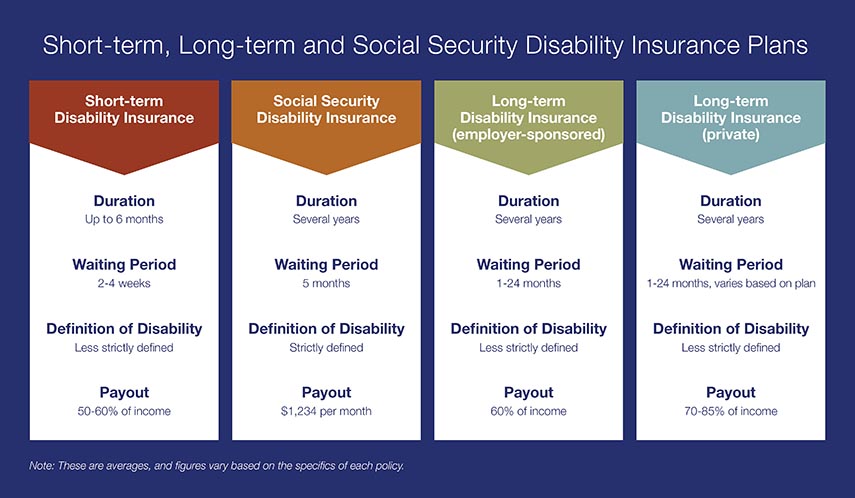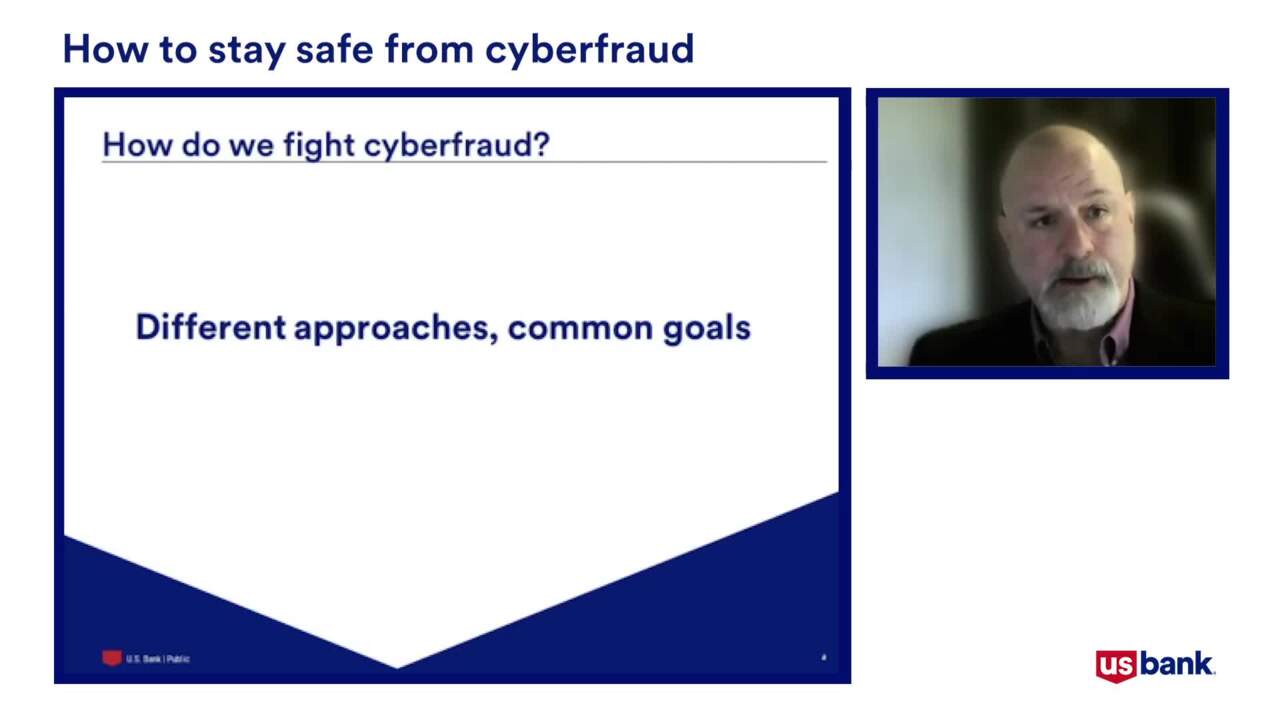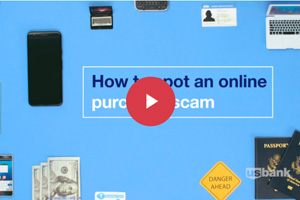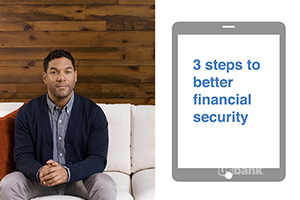Identity theft is a fact of life in our world today. But you can arm yourself with information to help protect yourself. Find out what to do about identity theft, how to know when you're a victim, and how to prevent it from happening to you.
What is identity theft?
Identity theft is a crime that happens when a family member, trusted friend, or complete stranger takes your personal information and uses it without your permission, usually for the purposes of financial benefit The stolen information can include data as simple as your name and your address, or it can involve more sensitive information like your Social Security number, your bank account number, or your insurance account numbers.
How does identity theft happen?
When a physical possession goes missing, like your wallet, you might notice right away. In contrast, people can steal your identity without you realizing anything is wrong. Some common ways for unsavory characters to steal your identity are through a data breach, by installing malware on your computer, by stealing your mail, by taking your credit card information, or by social engineering.
How to check for identity theft
Early detection and reporting are key to protecting yourself and your loved ones. Most victims won't know their identity has been stolen until well after it happens because they don't know the warning signs. The sooner you become aware of the theft and report it, the less damage a thief can do.
A few common signs of identity theft may alert you to the fact that you've become a victim. If you see any of these warning signals, be aware that your personal information may have been compromised:
- Your bills or bank statements don’t arrive in the mail, even though you typically receive paper statements.
- You spot unauthorized charges on your credit card or deductions from your checking account.
- You receive debt collection calls about charges you've never made.
- You discover that the Internal Revenue Service has received a tax return in your name that you didn't file.
- You receive unsolicited text messages from your bank.
- You find surprises on your credit report.
- You receive mysterious medical bills.
- You are denied employment.
- You receive (or are denied) credit cards or charge cards that you never requested.
How to report identity theft
When you discover that you're a victim of ID theft, it’s important to report it right away.
Here’s a guide for some key steps you can take to report identity theft to the companies, agencies and authorities who need to know what’s happened.
How to prevent identity theft
The best defense against identity theft is awareness and prevention. Once you’ve experienced identity theft, the negative impacts can last with you for years, which is why it’s so important to stay vigilant.
Following these seven simple habits can help you protect yourself.
- Review all bank statements regularly. This is often one of the first places you’ll notice signs of identity theft. Make sure all information is accurate — transactions, purchases, deposits and withdrawals. If you see any irregularity, notify the respective company or organization.
- Call your credit card company if a statement is late. You should receive a statement of account activity every month. If it’s late, it could be a sign that someone has stolen your credit card and changed the billing address so you wouldn’t notice additional charges. Here’s another tip: Cancel your paper statements and sign up for online statements.
- Don’t give out personal information. Unless you initiate the contact or know the caller, you should never freely give out information such as your full name, address, date of birth or Social Security number.
- Destroy documents that contain personal information. Tear or shred all documents including credit card receipts, insurance forms, physician and bank statements, and credit card offers.
- Carry only as many credit cards as you need. The fewer credit (or debit) cards that you carry with you, the better. That way, if your purse or wallet is taken, fewer cards will be compromised. And don’t carry your Social Security card with you.
- Deposit outgoing mail directly into post office boxes. It may not be the most convenient, but it’s safer than putting it in your own mailbox. Thieves could easily access your mailbox and obtain personal information from the contents.
- Review your credit report once a year to verify accuracy. You’re entitled to one free credit report every 12 months from each of the nationwide consumer credit reporting companies: Experian, Equifax and TransUnion. Request a report online by visiting annualcreditreport.com.
Protect yourself online.
Once you have taken the steps above, start practicing good online habits to further protect yourself from identity theft. Here are some pointers to help you stay safe:
- Update software regularly and automatically. When your phone or computer prompts you to update software, do so. Updates often fix security vulnerabilities. Beware of software updates that come via email. This could be a phishing attempt. Many updates should be able to be launched through the software or operating system itself. If an update does come via email, go to the company’s known website directly to download the patch or update or call the company to confirm that any emails did, in fact, come from them.
- Always use unique, strong passwords — and never give them out. Never reuse user IDs and passwords. Create passwords that are difficult to figure out and never use the same password on more than one site.
- Use strong authentication. Leverage stronger authentication than a password on applications critical to your finance and health, such as a token code or a two-step verification.
- Securely delete your information from old technology. Permanently delete your information from devices before selling or disposing of them.
- Avoid phishing emails. Never click links or open attachments in emails from unknown senders.
- Manage your digital footprint. Be careful what personal information you post online, which can be leveraged by fraudsters.
- Securely delete your information from old technology. Permanently delete your information from devices before selling or disposing of them.
Looking for more tips on how to prevent identity theft, or what you should do if you think your identity has been stolen? Check out these pointers.




























